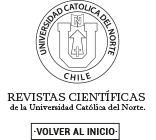Biología del grupo prehistórico de Pisagua, costa norte de Chile
DOI:
https://doi.org/10.22199/S07181043.1999.0017.00010Abstract
En la costa norte de Chile y en las proximidades de la actual localidad de Pisagua, vivió un grupo prehistórico de pescadores desde el 300 AC hasta el 1.450 DC. Sus restos, actualmente conservados en el Museo Nacional de Historia Natural (Santiago de Chile), fueron exhumados por Max Uhle en 1913 en cuatro cementerios correspondientes a tres etapas del desarrollo agroalfarero del Norte de Chile (Formativo, Tiwanaku y Desarrollo Regional). El objetivo del presente trabajo es el estudio de la estructura de la población a partir del análisis de la distribución de rasgos fenotípicos.
Abstract
On the northem coast of Chile and near o f what is today the city of Pisagua, a group of prehistoric fishermen lived from 300 AC to 1450 DC. Their remains, now preserved at the National Museum of Natural History, were exhumed by Max Uhle in 1913 in four burial sites corresponding to three stages of the agriculturist development of Northern Chile. The aim of the present work is the study of the population structure from the analysis of the phenotypic traits distribution.
Downloads
Downloads
Published
Issue
Section
License

All works published in Revista Estudios Atacameños (ISSN on line:0718-1043) Revista Estudios Atacameños Creative Commons International 4.0 attribution (CC BY 4.0) licence.
Authors remain the owners of their work and may republish their articles elsewhere without having to request permission, as long as they indicate that the work was originally published in Revista Estudios Atacameños (ISSN on liine:0718-1043).












